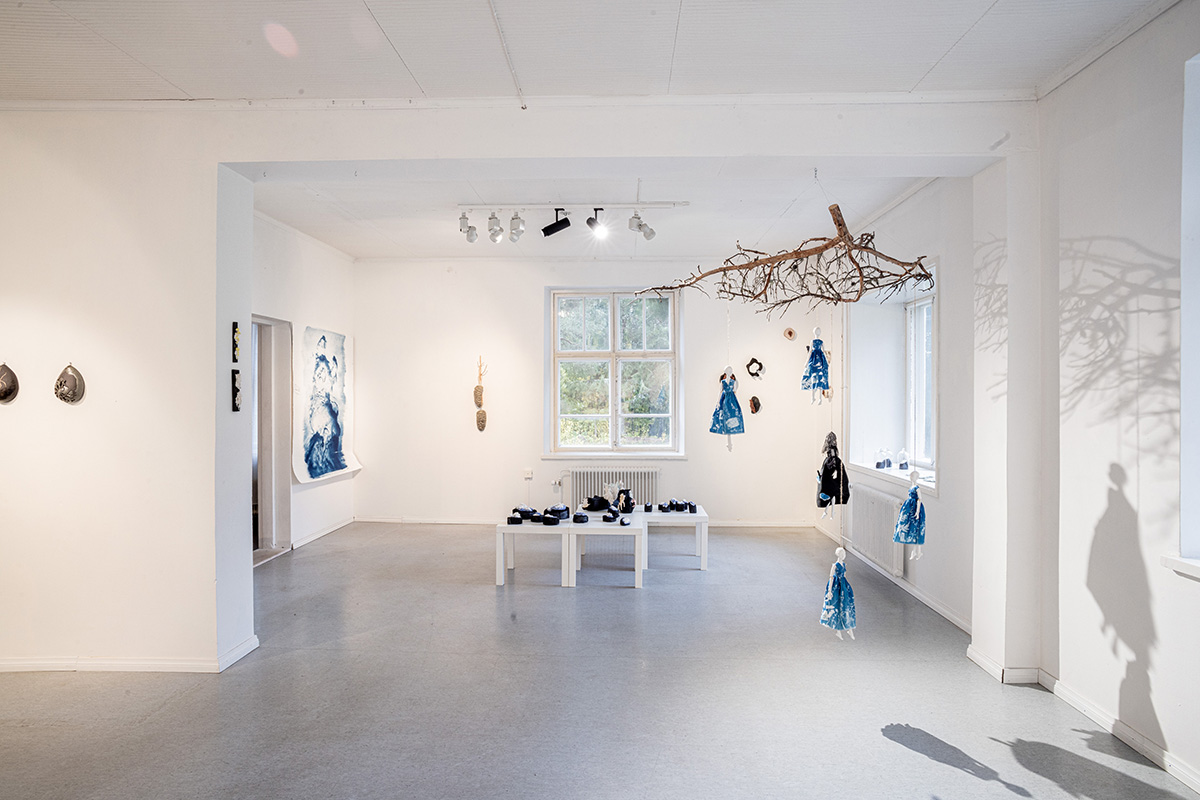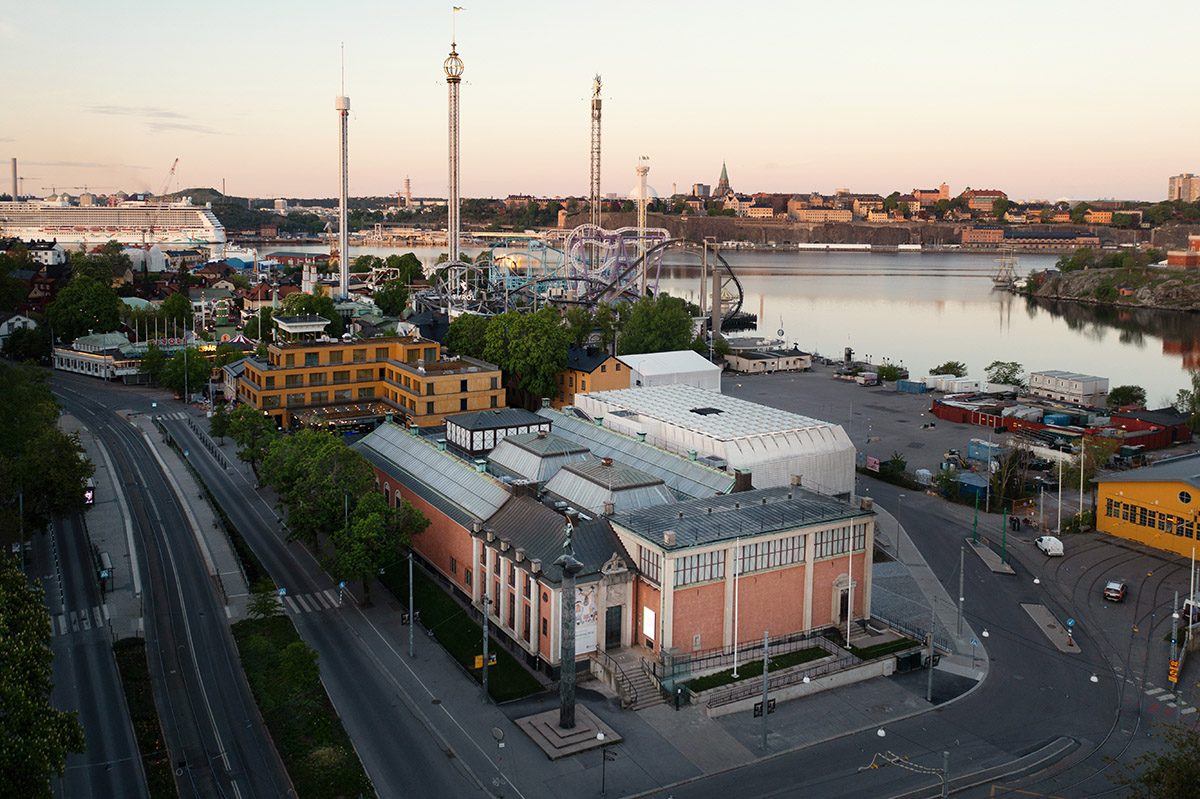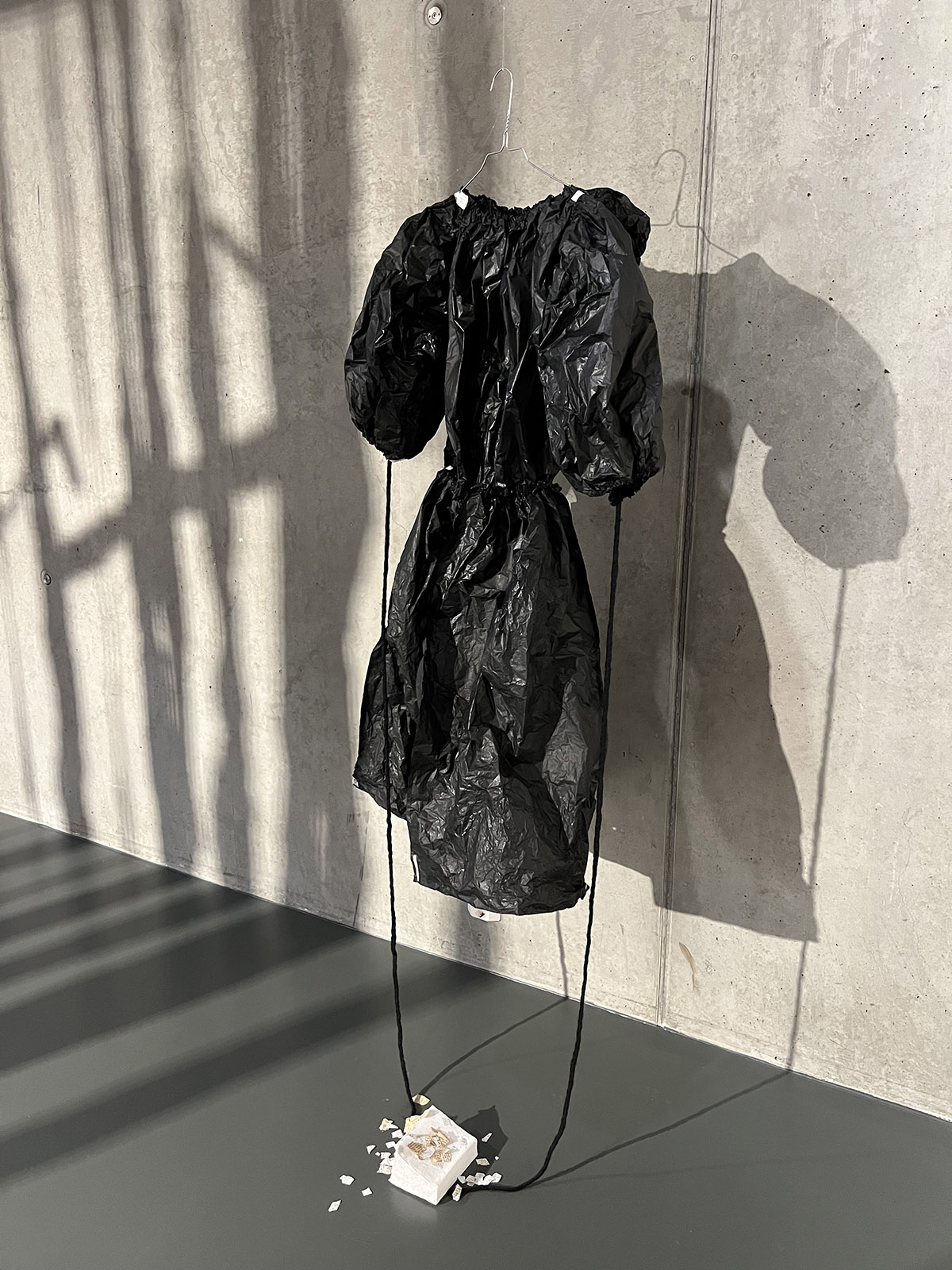The Hirschsprung Collection: A gem for Danish art in the heart of Copenhagen
By Heidi Kokborg | Photos: PR
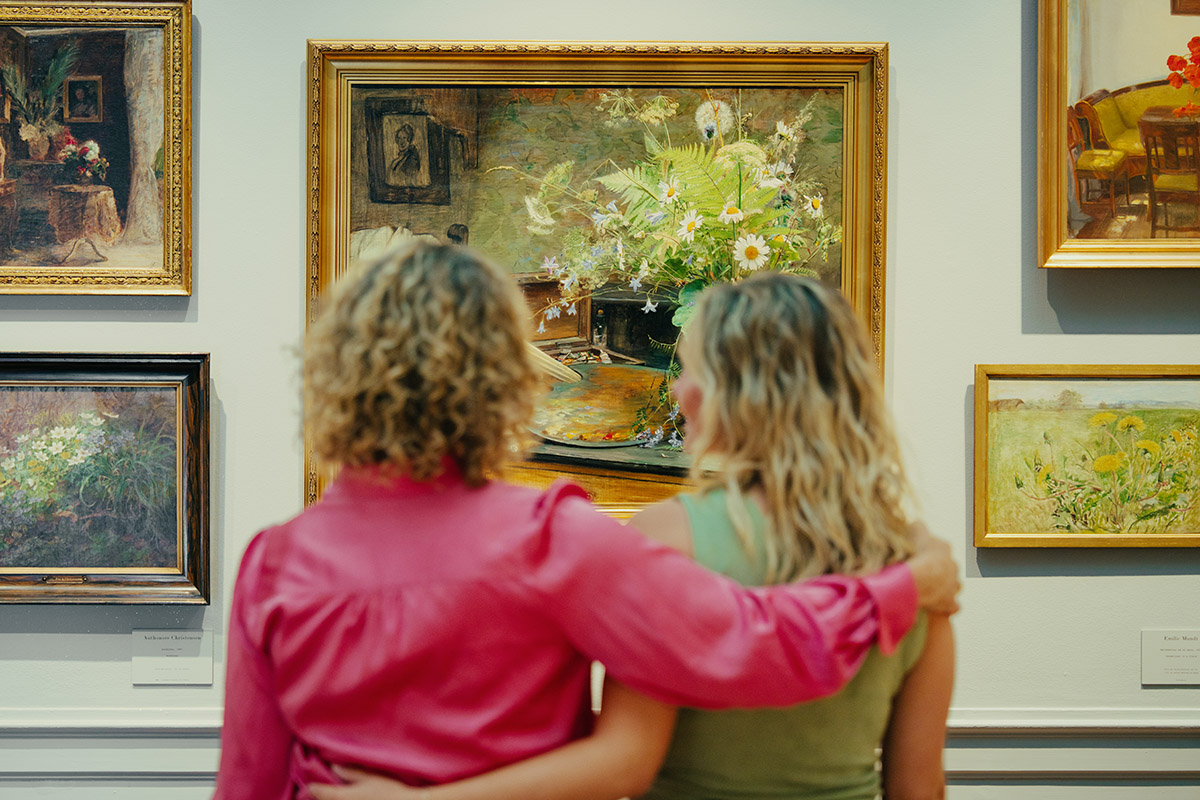
Nestled in the picturesque Østre Anlæg in Copenhagen, the Hirschsprung Collection is a bit of a hidden treasure for art lovers and history enthusiasts alike. This intimate museum, housed in a historic building, offers an extraordinary art collection spanning from the Danish Golden Age, the Skagen Painters, and the Symbolists.
Tucked away in the charming Østre Anlæg on Stockholmsgade in Copenhagen, you will find the Hirschsprung Collection. Founded by art collectors Pauline (1845-1912) and Heinrich Hirschsprung (1836-1908), the museum opened its doors in 1911.
The museum houses the couple’s remarkable donation of Danish masterpieces by renowned artists such as C. W. Eckersberg, Christen Købke, J. Th. Lundbye, Anna Ancher, P.S. Krøyer, Bertha Wegmann, and Vilhelm Hammershøi; from the Danish Golden Age to the Skagen Painters and the Symbolists.
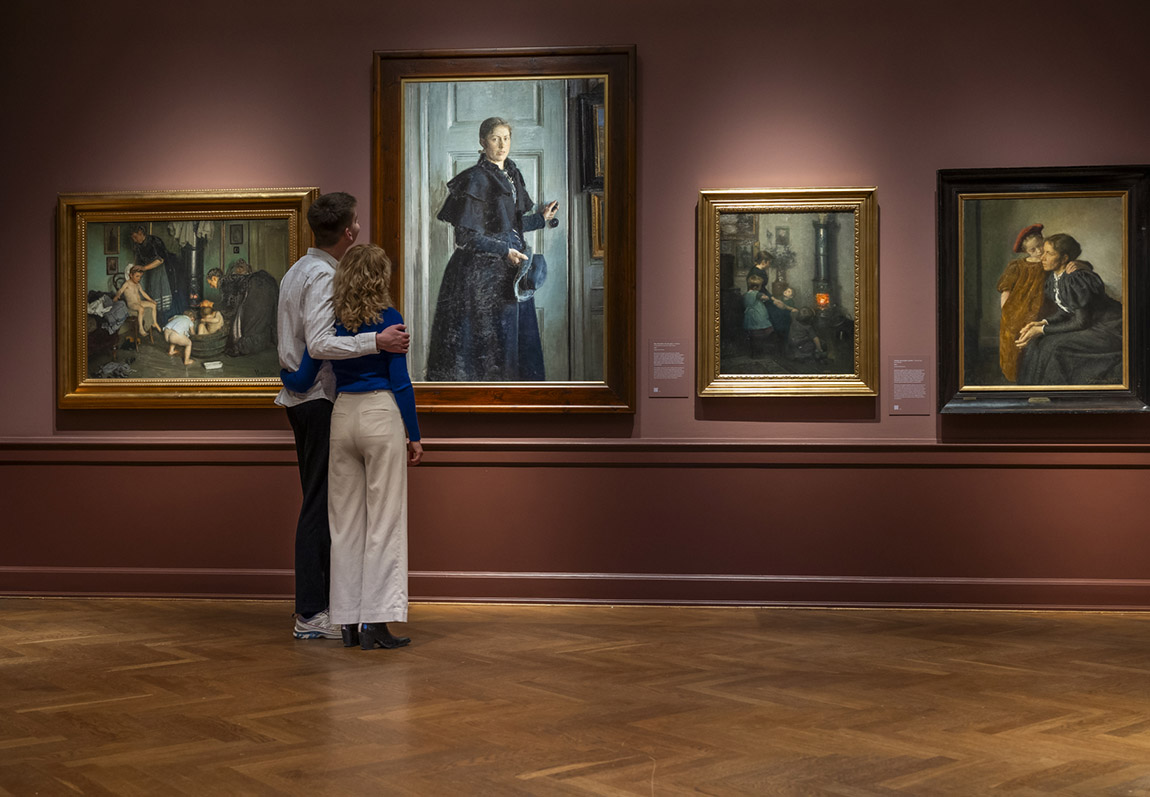
My World – The Skagen Painter Viggo Johansen exhibition.
Designed by prominent architect H. B. Storck, the museum itself is also a piece of art. “The museum blends Italian Renaissance influences with a warm, home-like atmosphere. It’s a place where visitors can take their time and truly engage with the art. It’s small enough to feel personal, yet the building still holds a grandeur that reflects the significance of the collection,” says Camilla Klitgaard Laursen, curator at the Hirschsprung Collection.
Inside the halls of the museum, you will find intricate mosaic floors, stunning skylights, and a richly decorated foyer, all contributing to the sense of timeless beauty. The museum shop offers carefully curated ceramics, jewellery, and prints by local artists. While there is no café on site, there are plenty of nearby coffee shops and eateries, some of which offer a discount when showing your museum ticket.
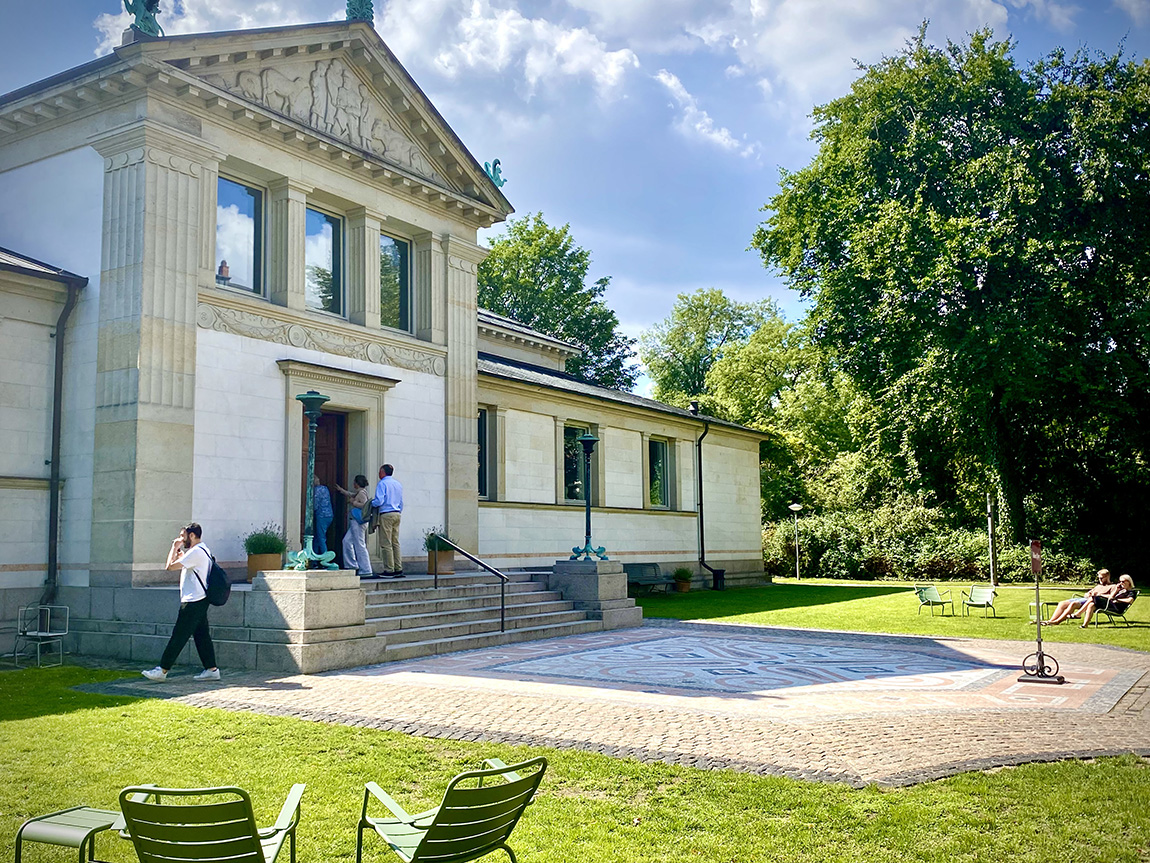
My World – The Skagen Painter Viggo Johansen
Until 25 May, you can experience the exhibition My World – The Skagen Painter Viggo Johansen at the Hirschsprung Collection. This special exhibition is dedicated to Danish artist Viggo Johansen, a once celebrated artist who has since faded into the background of art history. While Viggo Johansen was part of the famous Skagen artist colony in the late 19th century, he stood apart from his contemporaries.
“Unlike other Skagen painters who often depicted dramatic seascapes, Viggo Johansen turned his gaze inward, painting the intimacy of family life. He became known as Painter of the Home, capturing everyday moments in a way that was both deeply personal and rather radical for the time,” explains Klitgaard Laursen.
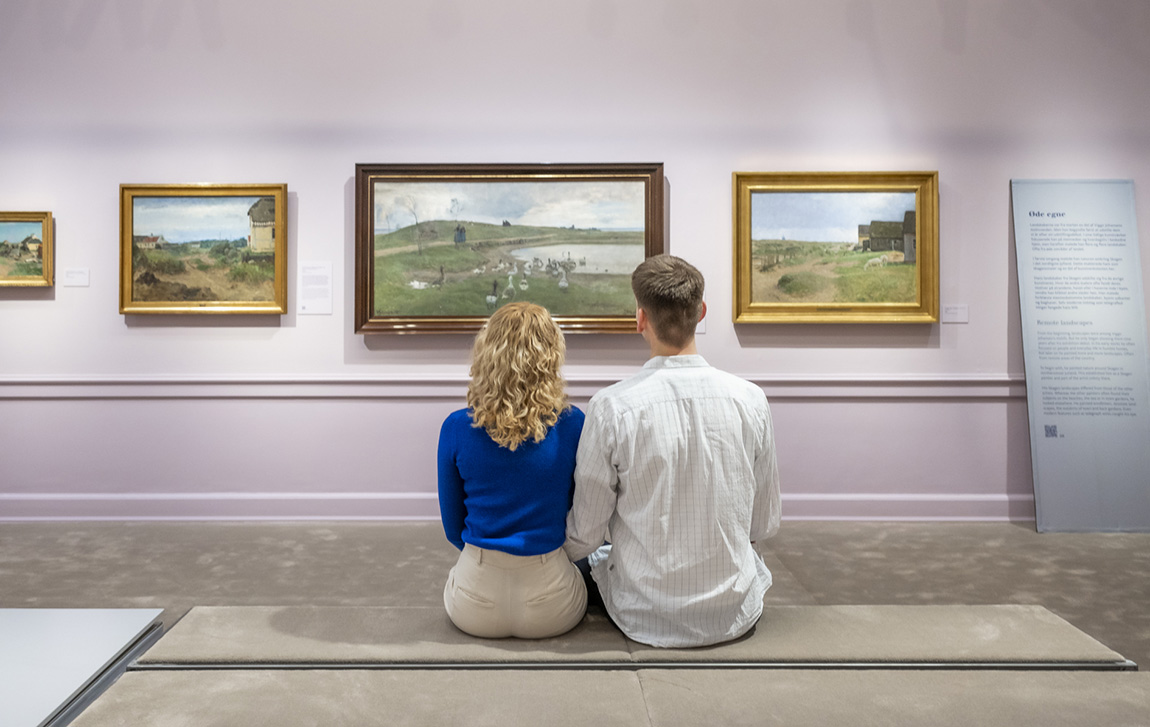
Viggo Johansen’s greatest muse was his wife, Martha Johansen. Together, they had six children in just seven years – a demanding reality that shaped his art. Instead of focusing on grand portraits or romanticising family life, he painted scenes of real, intimate family life, offering a rare and rather unfiltered look at motherhood, childhood, and the quiet struggles of everyday life.
“One of the most striking pieces is a painting of Martha Johansen shortly after giving birth to their third child. She is lying in bed, exhausted from childbirth. It was unheard of at the time to depict a woman in such an unguarded, vulnerable state. Today, it’s not exactly shocking, but at the time, it was groundbreaking,” tells Klitgaard Laursen.
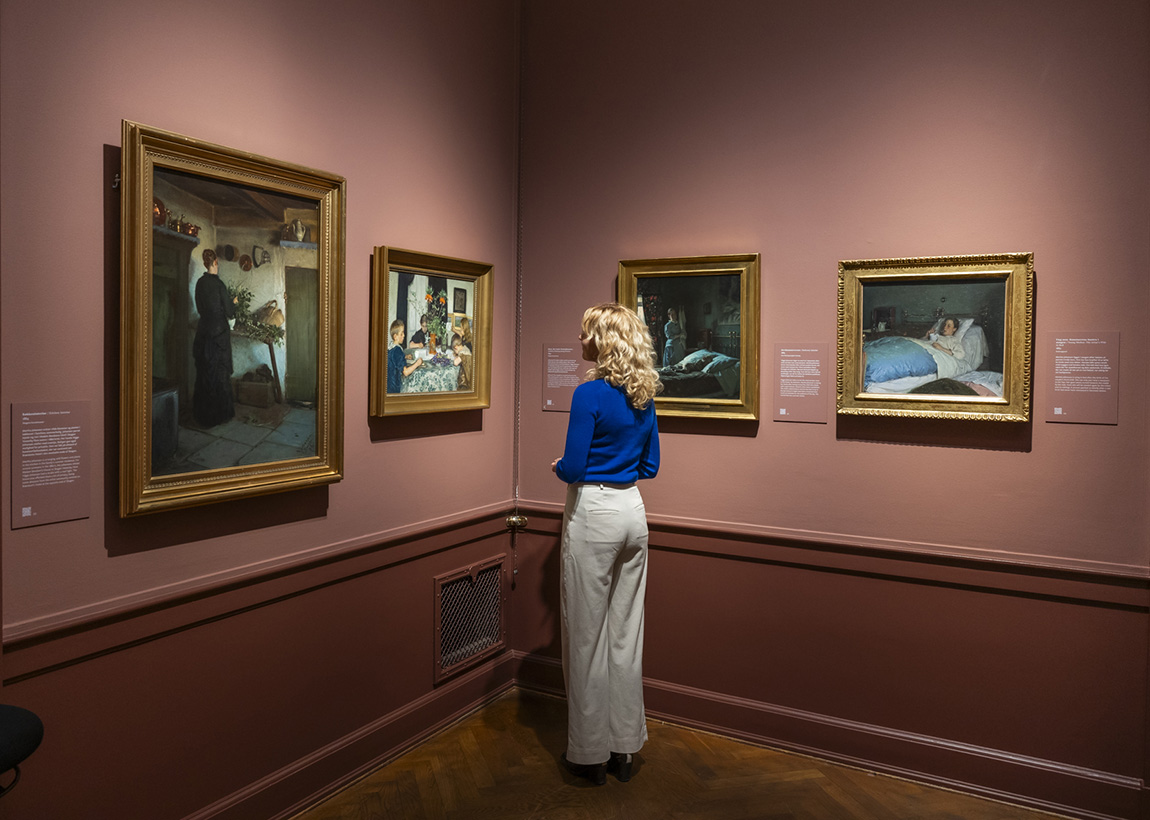
An unusual artist in every way
Like other Skagen painters, Viggo Johansen also painted nature. However, his landscapes stood apart from those of his peers. While P.S. Krøyer and Michael Ancher painted the beautiful beaches, Viggo Johansen painted a starkly different Skagen. “His landscapes are almost empty, stripped of people, offering quiet, melancholic moments of solitude. Instead of painting the sea, he often turned to the hinterland – capturing the quiet backyards, the edges of town, the barren dunes where life seemed to stand still,” says Klitgaard Laursen.
Beyond his artistic style, Viggo Johansen was a progressive figure in other ways. He was an unusually involved father for his time, often staying home to care for the children instead of travelling to Skagen. He read bedtime stories, bathed them, and painted them in everyday moments of play and rest – yet he never included himself in these family portraits, in contrast to other male artists who often painted themselves into the role of the patriarch. “Johansen’s paintings highlight the invisible labour of women, something that is still relevant today,” says Klitgaard Laursen. “He gives dignity and artistic weight to the often-overlooked realities of domestic life.”
Martha Johansen was not only his muse but also his business partner, handling negotiations, setting prices, and ensuring that his art was sold. “She wasn’t just the subject of his paintings, she was instrumental in his career,” adds Klitgaard Laursen.
Visitors to the Hirschsprung Collection will also find works by Krøyer, Ancher, and other renowned Skagen painters in the museum’s collection. For those who can’t travel to Skagen, the museum and this exhibition offers a rare chance to experience the world of the Skagen Painters in the heart of Copenhagen.
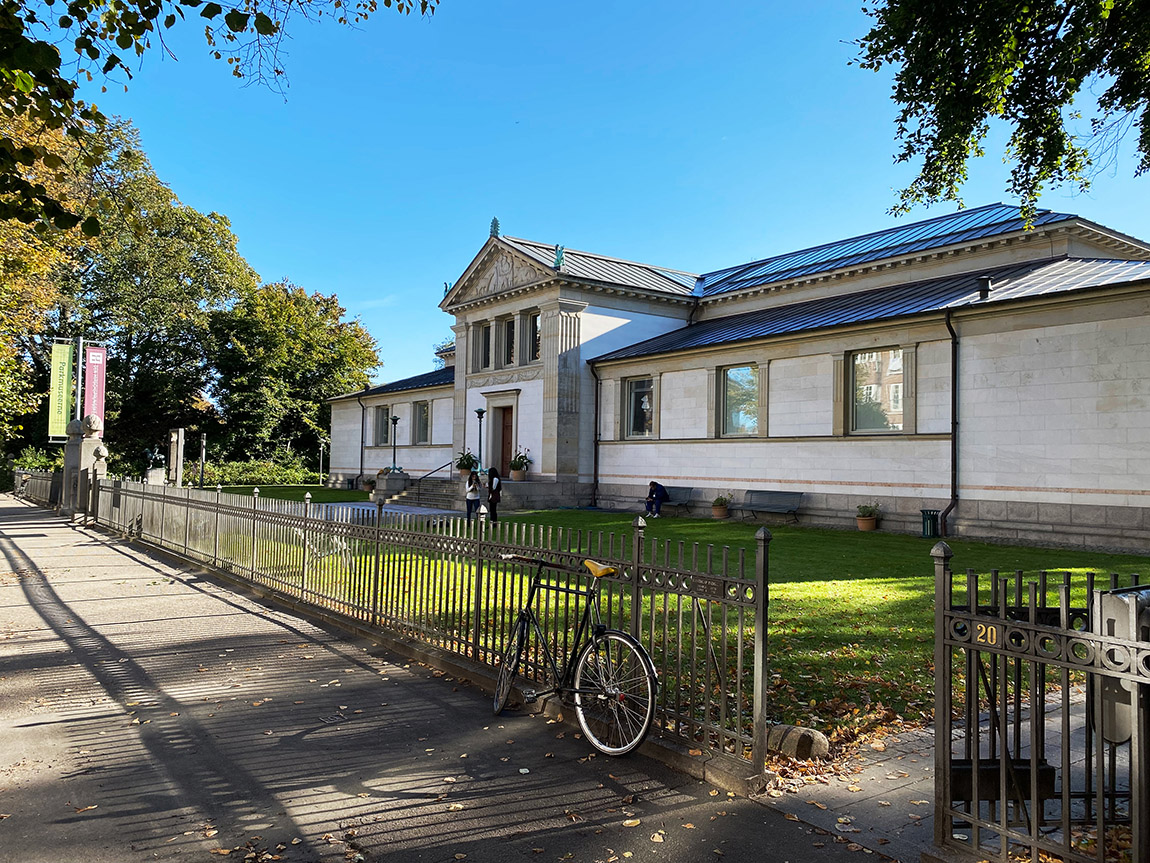
Web: www.hirschsprung.dk
Facebook: Den Hirschsprungske Samling
Instagram: @hirschsprungskesamling
Subscribe to Our Newsletter
Receive our monthly newsletter by email

